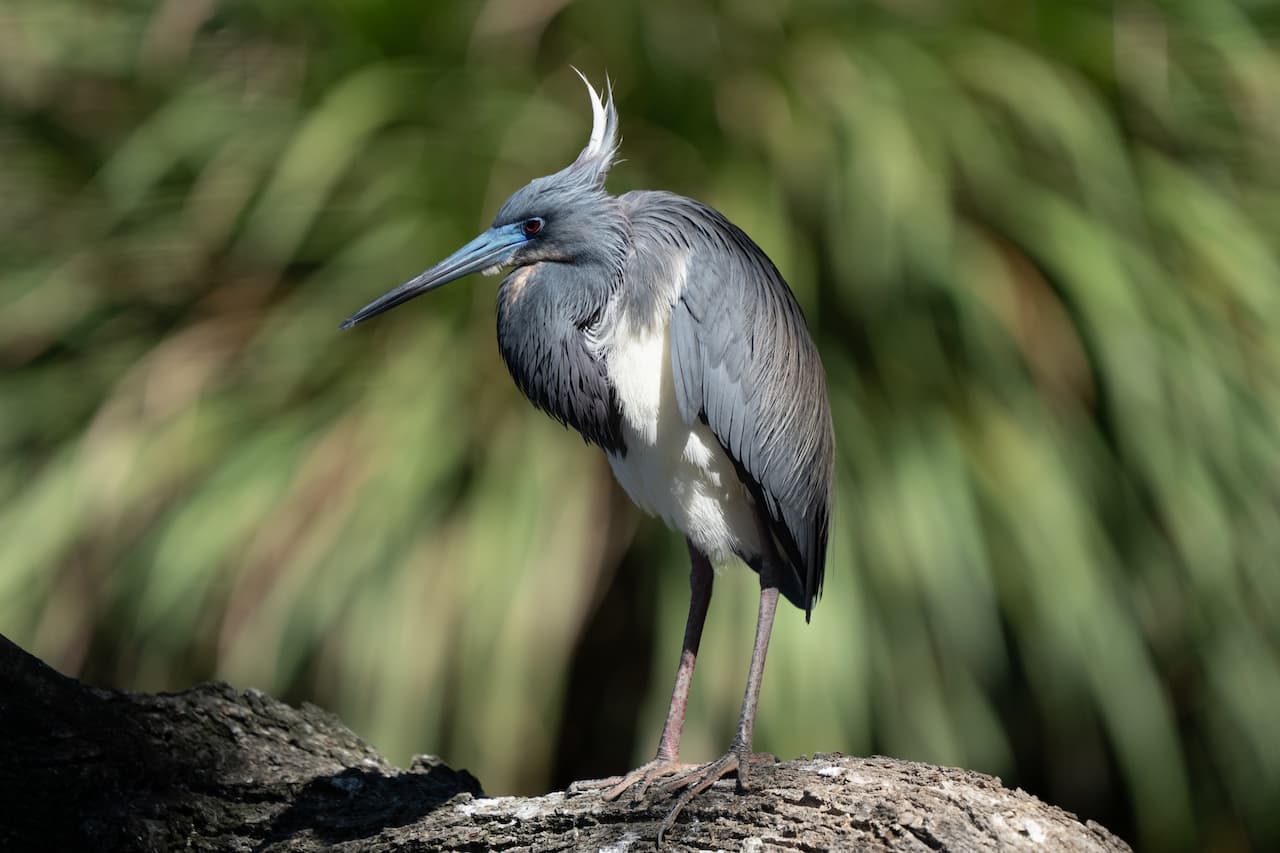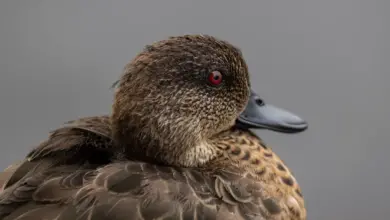Whistling Ducks
Whistling Ducks
Dendrocygninae is a subfamily of the duck, goose and swan family of birds, Anatidae.
In other taxonomical approaches, they are either considered a separate family Whistling Ducks, or a tribe Dendrocygnini in the goose subfamily Anserinae (e.g. Terres and NAS, 1991).It contains only one genus, Dendrocygna, containing eight species.
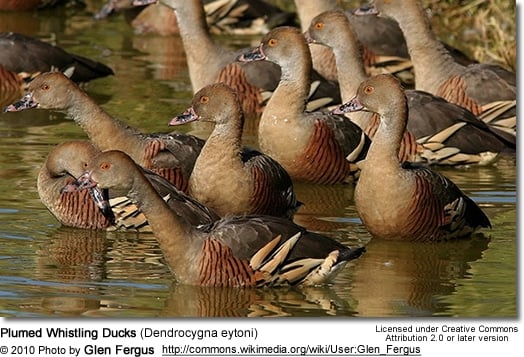
It contains only one genus, Dendrocygna, containing eight living species, and one known from hitherto undescribed subfossils from Aitutaki, Cook Islands (Steadman, 2006).
Distribution / Range
These species are the whistling ducks and they have a worldwide distribution through the tropics and subtropics.
Calls / Vocalization:
These ducks have, as their name implies, distinctive whistling calls.
Description:
The whistling ducks have long legs and necks, and are very gregarious, flying to and from night-time roosts in large flocks.
Both sexes have the same plumage, and all have a hunched appearance and black underwings in flight.
Sub-species:
- Black-billed Whistling Duck, Dendrocygna arborea
- Wandering Whistling Duck, Dendrocygna arcuata
- Black-bellied Whistling Duck, Dendrocygna autumnalis
- Fulvous Whistling Duck, Dendrocygna bicolor
- Plumed Whistling Duck, Dendrocygna eytoni
- Spotted Whistling Duck, Dendrocygna guttata
- Lesser Whistling Duck, or Indian Whistling Duck, Dendrocygna javanica
- White-faced Whistling Duck, Dendrocygna viduata
References
- Steadman, David William (2006): Extinction and Biogeography of Tropical Pacific Islands Birds. University of Chicago Press. ISBN 0-226-77142-3.
- Terres, John K. and National Audubon Society (1991): The Audubon Society Encyclopedia of North American Birds. Wings Books, New York. ISBN 0-517-03288-0
Diet / Feeding:
Ducks feed on larvae and pupae usually found under rocks, aquatic animals, plant material, seeds, small fish, snails, and crabs.
Instead of “teeth,” ducks have serrations (saw-like edges) on their bills that allow them to filter food out of the water.
Captive birds are often fed commercially prepared duck food pellets – if there are insufficient natural resources available to sustain them. As they feed on insects, they are very useful in ridding gardens or lawns of harmful bugs.
Feeding Ducks …
We all enjoy ducks and many of us offer them food to encourage them to come over and stay around – and it works! Who doesn’t like an easy meal!
However, the foods that we traditionally feed them at local ponds are utterly unsuitable for them and are likely to cause health problems down the road. Also, there may be local laws against feeding this species of bird – so it’s best to check on that rather than facing consequences at a later stage.
- Foods that can be fed to Ducks, Geese and Swans to survive cold winters and remain healthy when food is scarce in their environment.
Please note that feeding ducks and geese makes them dependent on humans for food, which can result in starvation and possibly death when those feedings stop. If you decide to feed them, please limit the quantity to make sure that they maintain their natural ability to forage for food themselves – providing, of course, that natural food sources are available.
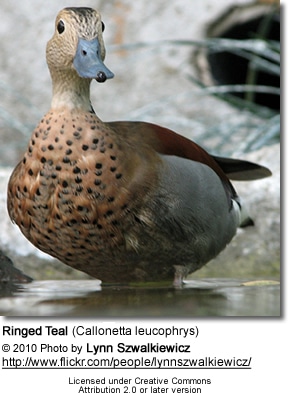
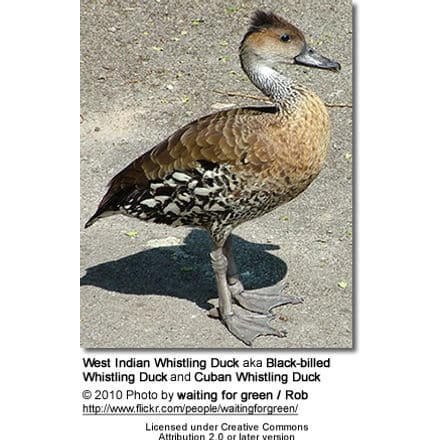
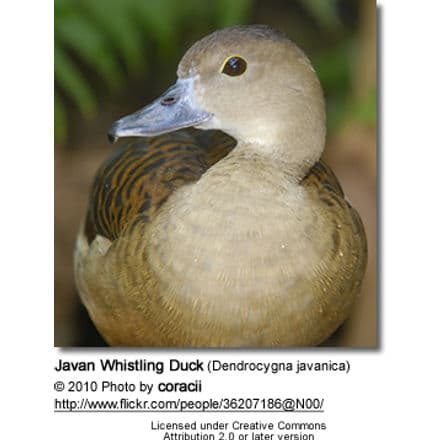
Beauty Of Birds strives to maintain accurate and up-to-date information; however, mistakes do happen. If you would like to correct or update any of the information, please contact us. THANK YOU!!!



